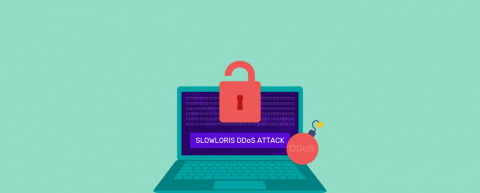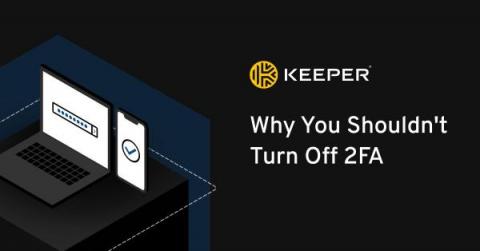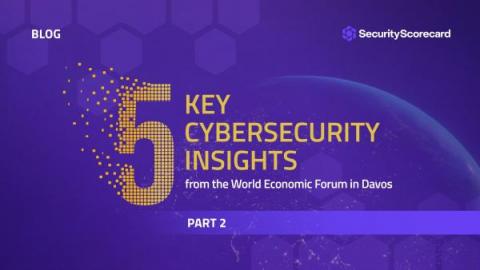What Is Kubernetes Observability and Why It's Critical for Securing Your Clusters
Kubernetes observability refers to the ability to monitor and diagnose the performance and behavior of a Kubernetes cluster and its applications. This includes monitoring resource usage, tracking the status of pods and deployments, and identifying and troubleshooting errors. Observability tools for Kubernetes typically include metrics, logging, and tracing capabilities.










